
3 minute read
Seven hurricanes predicted for 2023 season
Climate Action Center CEO Bob Bunting forecasts two to three Category 3 or higher hurricanes, with storms more evenly distributed throughout the season.
Lauren Tronstad Staff Writer
As hurricane season creeps up on the area, the Climate Adaptation Center shared a forecast of what storms may be headed toward Southwest Florida.
The organization hosted a Zoom conference April 4 to give viewers an idea of what to expect this season.
Climate Adaptation Center CEO
Bob Bunting gave the presentation and his forecast for the 2023 hurricane season.
“This year we have an improving situation from a hurricane standpoint,” he said.
The beginning of the season could be tumultuous, becoming more favorable toward peak season.
Components of Bunting’s forecast included: n The season’s storms could be similar to those in 2022 but more evenly distributed. Last year, there were about two months without storms. n He predicts there will be 14 named storms. n Seven of those he says will be hurricanes. n Of the hurricanes, Bunting predicts either two or three of those to be major hurricanes, meaning a Category 3 or higher.
Early May is when Bunting says the area can start to see an increase in storms. Peak season is expected for early September.
“Between the 10th and 30th of October is a very serious time here in Sarasota,” he said. “Don’t be fooled that once we pass the peak, we’re out of the woods; our worst times this year could be very early in the season and then in October again.”
In November 2021, Bunting predicted a hurricane of Ian’s size and level of destruction.
“Florida was setting itself up for a major hurricane strike,” he said.
When developing an early season forecast, Bunting examines a number of factors including sea surface temperatures, whether conditions are La Nina or El Nino and the Madden-Julian Oscillation once the season kicks off. The Madden-Julian Oscillation is an eastward moving disturbance of clouds, rainfall, winds and pressure that traverses the planet in the tropics and returns to its ini- tial starting point in 30 to 60 days, according to the National Oceanic and Atmospheric Association.
As a hurricane approaches, Bunting says it is important to understand how the spin of the hurricane amplifies storm surge.
On the north side of the eye, the wind blows from the shoreline out to the ocean. There won’t be a storm surge in that area.
On the south side of the eye, the spin is coming on shore and the hurricane force winds are blowing water onto the shore, amplifying storm surge. Another important consideration Bunting gave to viewers was that sea levels have risen 9 inches since 1950.
“A hurricane that would strike us in 1950 at the same size, the same intensity and moving the same speed is gong to do a lot more damage because we have way more population than we did in 1950 and the sea level has already risen 9 inches,” he said. “If your elevation where your home is located was five feet above sea level in 1950, now it’s only four feet. That means you have less buffer protecting you from the impacts of storm surges.”
He further urged the importance of knowing your elevation because it can help in deciding to evacuate and when to leave.
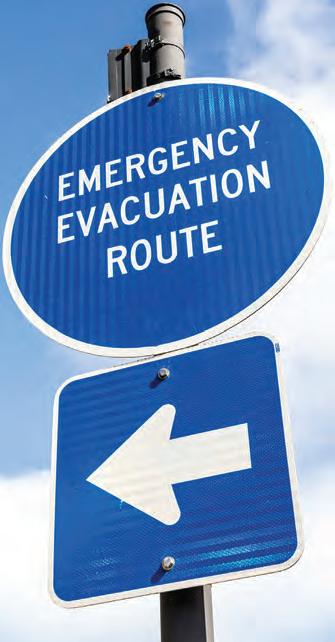
Bunting asked any government officials watching his presentation to consider looking into raising roads in their areas. Raising roads is especially important as sea levels rise, he said. As sea levels rise, the window for evacuation shrinks because roads run the risk of flooding, making evacuation difficult or impossible. Even raising roads an additional 1 to 3 feet can add an additional eight to 10 hours to the window available to evacuate, Bunting said.
Category 2 storms, which are more frequent compared to major hurricanes, can still cause serious damage. Under certain conditions, storm surges can reach as high as 9 feet on barrier islands like Longboat Key — even without the presence of a major category hurricane.
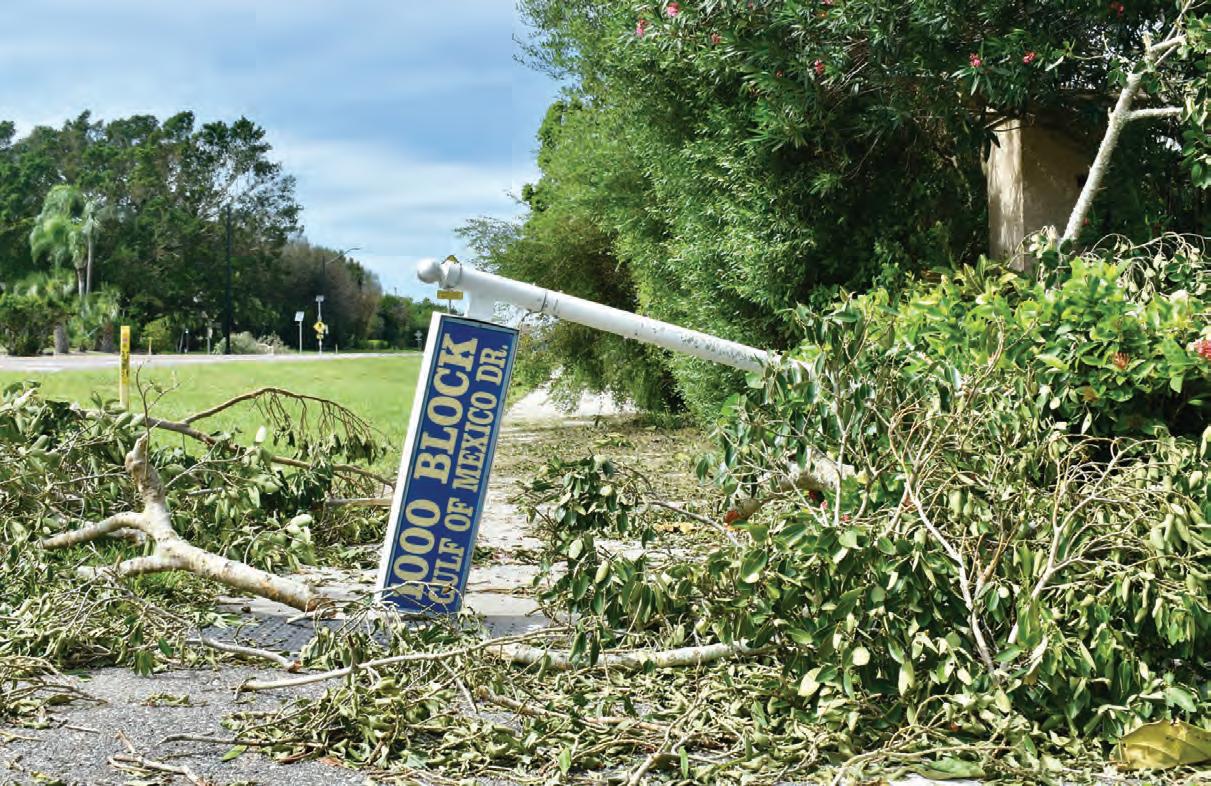
Hurricane Seasons Over Time
Bunting gave an overview of how storms are changing as the global climate warms.
The average number of storms per season has increased from 12 to 14 in the time period between 1960 and 1990.
Between 2017 and 2022, there were 65 named storms. Hurricanes are increasing in number and size but are slowing down, which means a recipe for more destruction.
Bunting showed a graphic that compared the number of Category 4 and Category 5 hurricanes over time.
From 1960 to 1980, there were 16 Category 4 hurricanes. From 2000 to now, there have been 35.
From 1960 to 1980, there were seven Category 5 hurricanes. From 2000 to now, there have been 15.
ondom iniums and B eachfront R esorts
941-387 -9709
3720 Gulf of Mexico Drive Longboat Key, FL 34228 info@FLVacationConnection.com FLVacationConnection.com 396772-1
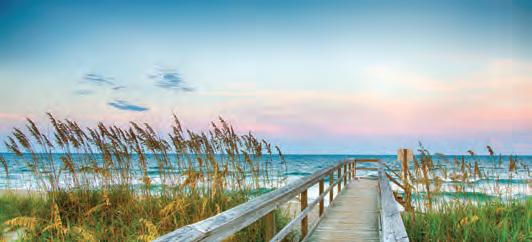


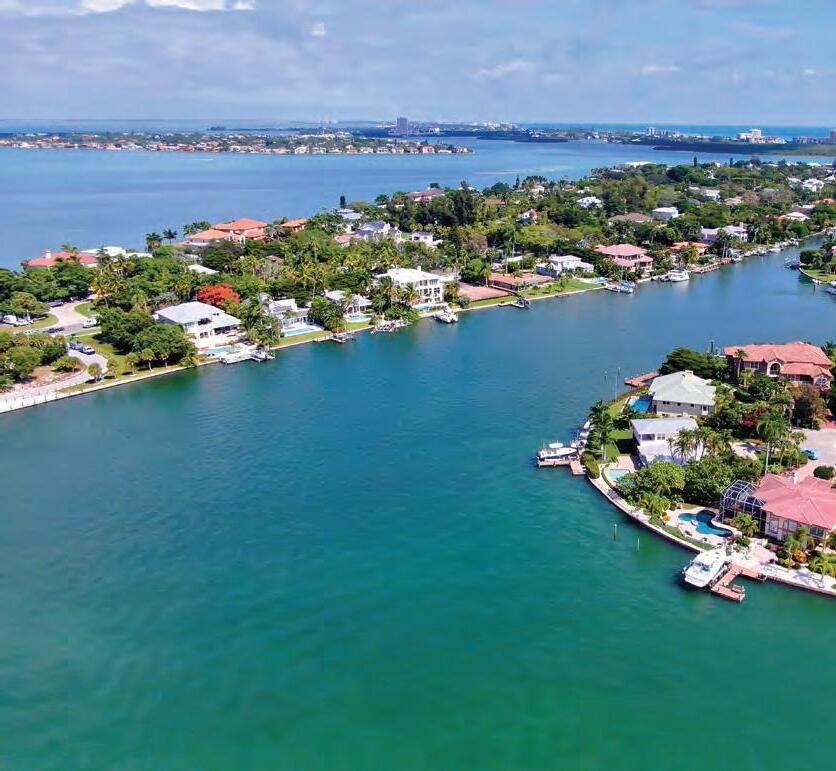


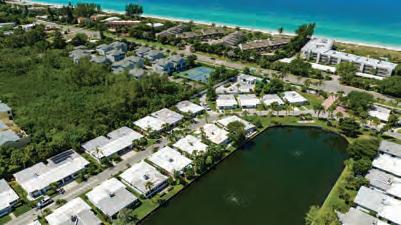


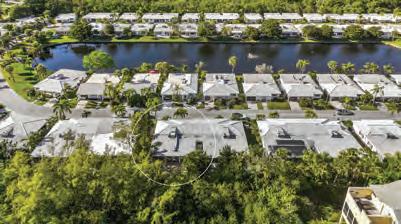


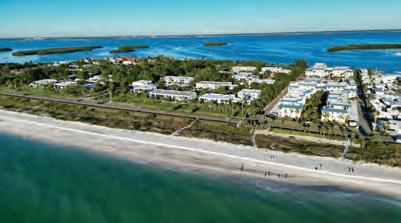

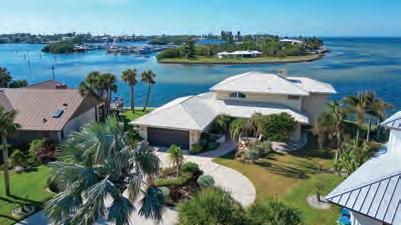




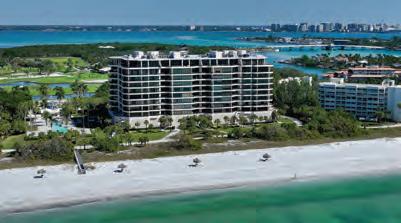


LONGBOAT











